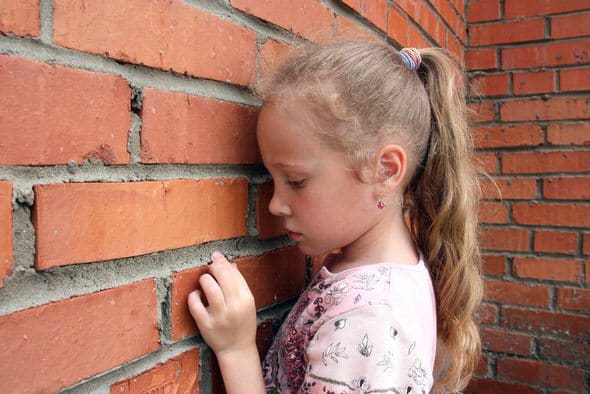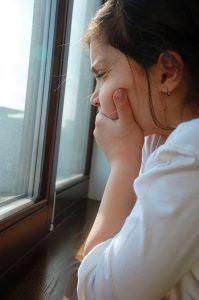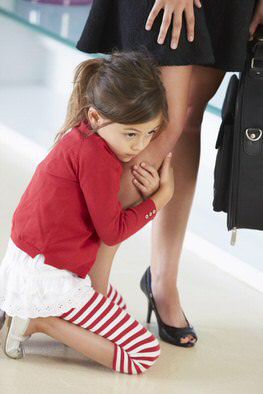
How do you determine the signs of an anxiety disorder in children?
If you believe a child is suffering from a nervous disorder and you would like to help them, you need to talk to them about it. If you don’t you cannot help your child if they don’t agree they need your help.
How do you know if they are struggling with anxiety in the first place? Particularly if your child is not quite sure about it, either?
Anxiousness disorders, like many mood disorders, are sometimes difficult to notice. They are hard to see because they are not like visible diseases. Sufferers do not go around with red spots and a temperature. These are not the signs of an anxiety disorder.
Some Anxiety Symptoms To Watch For
Anxiety symptoms vary and below are some of the symptoms:
Generalized anxiety disorder
Panic disorders
Obsessive-compulsive disorder
Phobias about specific things
Generalized anxiety disorder is when sufferers feel anxious most of the time. There may not be any one obvious cause for this anxiety.
You cannot diagnose your child with a specific nervousness disorder or with anxiety in general.
But you can let them know that you have noticed that they appear to be struggling recently. And you can urge them to look into getting help.
Anxiety and nervousness can be pretty hard to spot in children. It is easier if their nervousness is a social anxiety disorder. With social anxiety, they will tend to avoid and be uneasy in social situations.
A serious treatment of nervousness requires therapy. Therapy might leave you, as a parent, feeling a little useless or unable to help. But you can help in lots of other ways. You can support your child during bad episodes. You can help them challenge some parts of their fears on their own.

Children and Social Anxiety
Kids nervousness disorders are common, but the exact number of victims is unknown. More than likely since the condition can be misdiagnosed, undiscovered or unreported.
It’s very treatable with good, persistent healthcare. But health experts agree that you need to treat anxiety issues during childhood. If the anxiety is not treated it may develop into an adult psychiatric ailment.
So you need to address early signs of stress and anxiety attacks in childhood as soon as possible. Dealing with anxiety in childhood reduces the risk of an adult version later in life.
The following symptoms will show if a young child is likely to develop a certain type of anxiety disorder. Or if the child is undergoing another incident of an anxiety attack.
Separation nervousness is widespread among kids when they reach college age. They show unreasoned anxiety and panic when separated from their parents or their home. This occurs through school or college.
Symptoms include begging and crying not to go to school.
It’s also possible that a young kid will complain of stomach aches, headaches, or toothache. Along with other maladies that could keep him out of going to school. These are all signs of an anxiety disorder.
A child will show a behavior when home in the company of their parents. Social phobia is the reverse of separation anxiety.
Social phobia can push kids to avoid peers because they believe that they’re different from other children. Or that their clothes or hairstyle is very different from the likes of other children.

Behaviors to Keep an Eye On
A child with social anxiety might choose to read a book than to go to a summer camp. Or they may avoid any action which involves being with others.
Performance anxiety can be connected to social anxiety. A kid who doesn’t like sports can show symptoms of anxiety during physical education class.
A child with poor reading skills or who isn’t good at simple math problems can get anxious and become sick. This will happen when you ask them to recite for the course or resolve an issue on the blackboard. Patients with GAD may whine about stomach upset, fatigue, uneasiness, and difficulty sleeping.
Also, a young kid might throw tantrums, shout, and have nightmares. They might tense up and also start to show issues in school which weren’t present before.
What causes nervousness in children? Parents, as an example, who are nervous, can have stressed and nervous children.
It’s possible that a young kid develops nervousness disorder following a bad experience. Classmates might ridicule them, they may be bullied in school, or even make an error in front of the class. The signs of an anxiety disorder are many and varied.
Separation of parents, abuse, the death of a loved one, or any traumatic experience may lead to anxiety disorder.
Fear of being alone, being scared of the dark, or fearful of certain animals can be reflections of events with bad memories.
A breathing exercise to help your child stay calm in social situations
Here are some different breathing exercises that may reduce stress and anxiety.
Your goal at such a stage is to make your breathing only slightly slower. While breathing slower you breathe deeper than you are doing now.
The one thing to bear in mind – it is impossible to injure yourself using a breathing exercise, or by hyperventilating.
The worst thing that could happen is that you can lose consciousness. If that happened your body’s automatic rhythms take over.
Some people discover that they become more stressed at first when doing any type of meditation or breathing technique. So it’s good to remember that you are safe performing these exercises.
If you have any kind of respiratory problem, you should consult with your doctor first. Explain you are going to do breathing exercises to be safe. In case you’ve any issues in any way, scale it down – it’s supposed to be gentle and easy.
If it is possible, pull your stomach in towards the end of the breath out. And bend forward only a little, to empty your lungs as completely as possible.
Keep your breathing smooth and constant. Envision your tummy filling up with air like a container filling with water. Count to yourself – it does not matter how long this takes.
You’re going to try to match your breath to that of your in-breath, and as you practice with time, you’ll find you can take more time for each breath.
Do not overfill your lungs. If you feel that your shoulders are starting to rise or that your chest is over-inflating, it is time to stop.
Breathe out gradually and steadily, and try to hold the count the same as that of your in-breath. When you’ve completely exhaled, pull in your stomach as you did the very first time. Then lean marginally forward. The Aikido yoga version of the exercise instructs you to breathe out through your mouth.
Continue with this breathing pattern for several minutes. you should be aiming to help keep your breathing rhythm smooth and steady.
Behaviors during anxiety attacks and signs of nervousness disorders are comparable to other mental, physical, and behavioral conditions.
Get professional help to rule out many reasons and provide the right treatment for the child.



